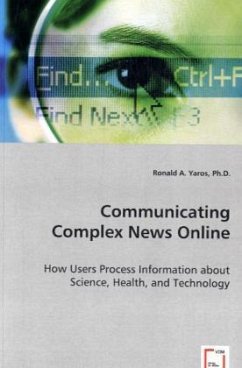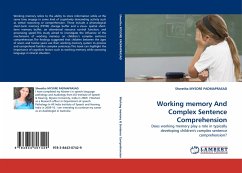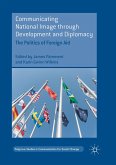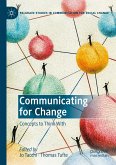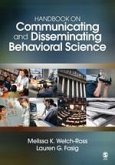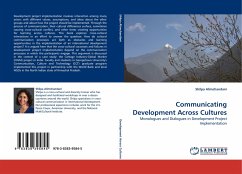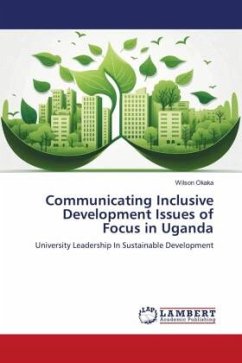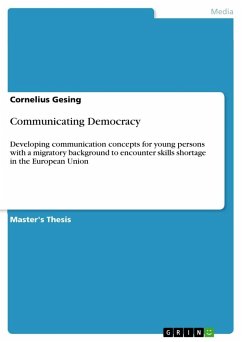This book explores how individuals process important but complex news about science, health and technology. The research measures the relationships of new media, its content and its audiences. Specifically, how does the non-linear freedom of hypertext affect interest in and comprehension of news about complex topics? In the first of two experiments, reading comprehension theory from the Structure Building Framework (Gernsbacher, 1990) and the Construction-Integration Model (van Dyk & Kintsch, 1983) are synthesized with the theoretical role of situational interest in learning from text (Hidi, 1988). Experiment two tests the same content from experiment one in a non-linear hypertext environment to measure how message structure affects interest and understanding.
